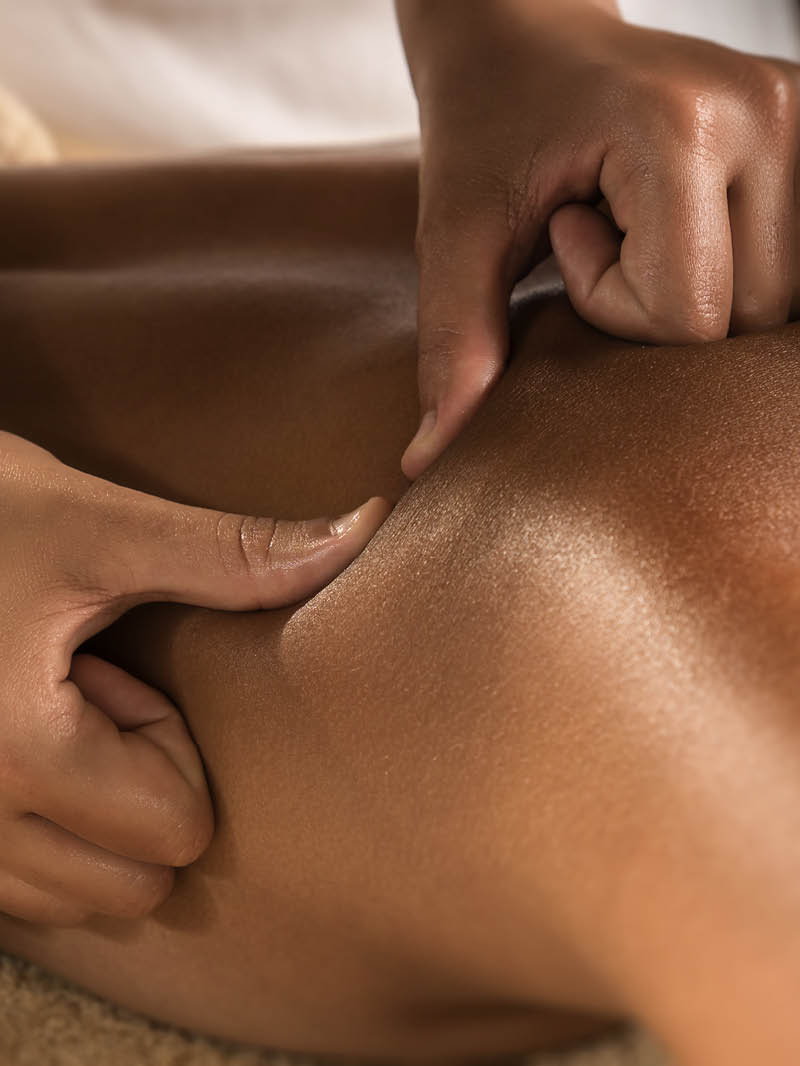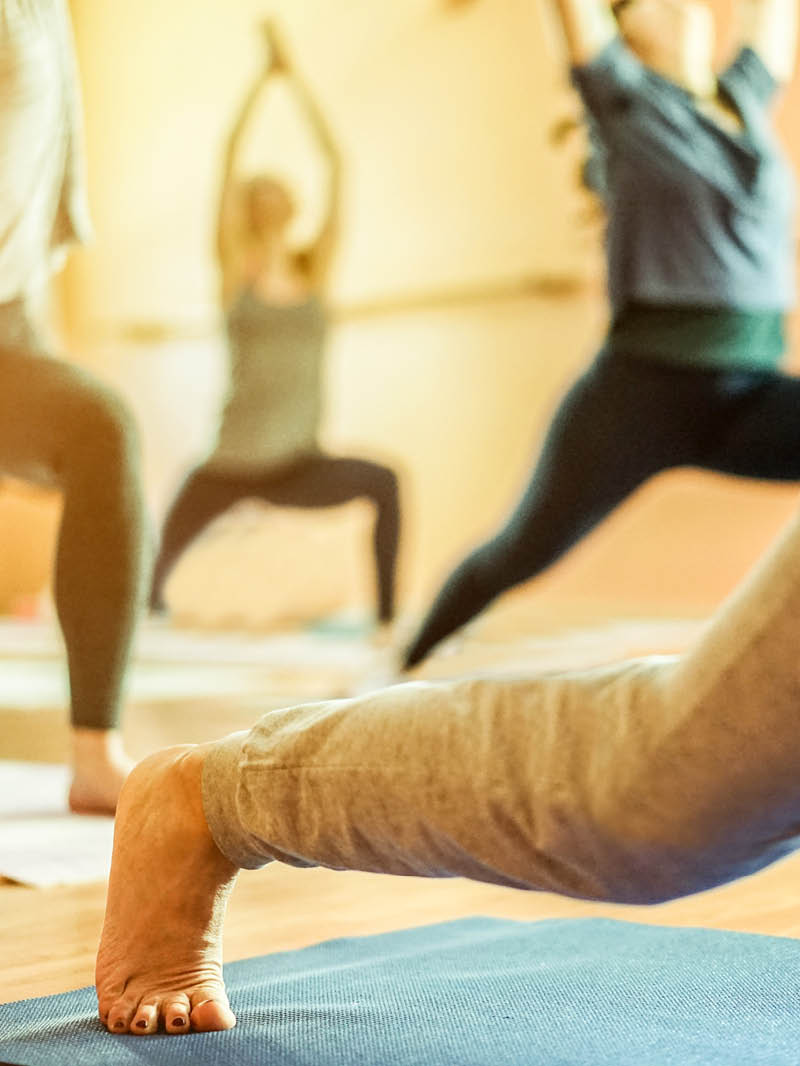OUR SERVICES
Below is a detailed breakdown of the services that we offer. We provide a wide range of services to fit your needs.

Pelvic Physiotherapy
The Pelvic Floor (PF) is an important group of muscles, nerves, and fascia that sit in the ‘saddle’ area of your pelvis. These muscles attach to the tailbone at the back of the pelvis, the pubic bone at the front of the pelvis, and the sitz-bones at the sides of your pelvis. Collectively, they play an important role in:
- Controlling your bowel and bladder movements
- Supporting your pelvic organs (bladder, uterus, rectum, and intestines)
- Stabilizing the joints in your hips, pelvis, and low back
- Enabling sexual function
What is Pelvic Floor Dysfunction?
Because the pelvic floor is a group of muscles, like any other muscle in the body, it can become too tight, too weak, or uncoordinated. Pelvic Floor Dysfunction (PFD) occurs due to one or a combination of the following:
- HYPERTONICITY – Tightness in the pelvic floor
- HYPOTONICITY – Weakness in the pelvic floor
- IN-COORDINATION – Poor timing or coordination of the pelvic floor
How Can Pelvic Physiotherapy Help?
Pelvic Physiotherapists undergo specialized training to assess and treat the muscles of the pelvic floor. Using both internal (vaginal and/or rectal) and external examination techniques, a pelvic physiotherapist can diagnose pelvic floor dysfunction.
During an examination, a Pelvic Physiotherapist will screen your core, low back, hips, and sacroiliac joints, assess your ability to contract and relax the pelvic floor muscles, and determine if there are any psychosocial factors contributing to your symptoms. No system works in isolation, and as such, it is important to understand how you are functioning as a ‘whole person’ in order to design an effective treatment plan.

Orthopaedic Physiotherapy
What is Orthopaedic Physiotherapy?
Orthopaedic physiotherapy addresses problems that arise from the musculo-skeletal system (i.e. muscles, bones, joints, ligaments, tendons, and nervous system). These problems may arise from:
- Acute Injuries (e.g. sport-related injuries, acute sprains/strains, fractures)
- Chronic Injuries (e.g. overuse injuries, gradual onset pain, repetitive sprains/strains)
- Pre- and Post-Surgical Conditions (e.g. joint replacements, ligament reconstructions, tendon re-attachments, bone fixations)
- Persistent Pain Conditions (e.g. fibromyalgia, chronic low back pain, headaches/migraines)
How Can Orthopaedic Physiotherapy Help?
Using a variety of assessment techniques, an orthopaedic physiotherapist will perform a thorough examination to determine the root-cause of your symptom(s). Examination may involve a functional movement screen, postural analysis, muscle strength and flexibility testing, and hands-on assessment of joint mobility and soft-tissue integrity (e.g. muscle, ligament, tendon, fascia).
Once the underlying cause is determined, an orthopaedic physiotherapist will use a combination of treatment techniques to address your individual situation. These may include (1) education and advice on home management strategies to assist in recovery and prevent recurrence, (2) specific exercises to address imbalances in muscle function, (3) hands-on manual therapy to help facilitate the body’s natural healing response, and (4) any combination of modalities such as acupuncture, ultrasound and neuromuscular stimulation, as indicated.
Orthopaedic Physiotherapy
What is Orthopaedic Physiotherapy?
Orthopaedic physiotherapy addresses problems that arise from the musculo-skeletal system (i.e. muscles, bones, joints, ligaments, tendons, and nervous system). These problems may arise from:
- Acute Injuries (e.g. sport-related injuries, acute sprains/strains, fractures)
- Chronic Injuries (e.g. overuse injuries, gradual onset pain, repetitive sprains/strains)
- Pre- and Post-Surgical Conditions (e.g. joint replacements, ligament reconstructions, tendon re-attachments, bone fixations)
- Persistent Pain Conditions (e.g. fibromyalgia, chronic low back pain, headaches/migraines)
How Can Orthopaedic Physiotherapy Help?
Using a variety of assessment techniques, an orthopaedic physiotherapist will perform a thorough examination to determine the root-cause of your symptom(s). Examination may involve a functional movement screen, postural analysis, muscle strength and flexibility testing, and hands-on assessment of joint mobility and soft-tissue integrity (e.g. muscle, ligament, tendon, fascia).
Once the underlying cause is determined, an orthopaedic physiotherapist will use a combination of treatment techniques to address your individual situation. These may include (1) education and advice on home management strategies to assist in recovery and prevent recurrence, (2) specific exercises to address imbalances in muscle function, (3) hands-on manual therapy to help facilitate the body’s natural healing response, and (4) any combination of modalities such as acupuncture, ultrasound and neuromuscular stimulation, as indicated.


Massage Therapy
Massage therapy involves a number of hands-on treatment techniques that are intended to improve function of the circulatory, musculoskeletal, and nervous systems. By manipulating soft tissue structures of the body, therapeutic massage can help to prevent and alleviate pain and discomfort, improve circulation and speed healing, maintain and/or increase flexibility, and lower stress and anxiety by inducing relaxation.
Lymphedema/Chronic Swelling Massage
We now offer lymphatic drainage or chronic swelling massage; gently targetting the lympathic system just under the skin. While touted as a way to flush toxins, it’s mainly used to help with swelling from extra lymph fluid in your tissues.
Lymphatic drainage massage, which is especially helpful if you have lymphedema, happens when lymph fluid doesn’t go back to your blood the way it should and stays in other parts of your body. Lymphedema happens most often in your legs or arms. Many things can cause lymphedema, including:
– Genetic disorders
– Injury
– Cancer treatment
– Surgery
Massage is a way to help move the lymph fluid and make the swelling it causes go away. If you’re otherwise healthy, lymphatic drainage massage may feel relaxing.

Group Classes
Low-Pressure Fitness/Hypopressives
Our first class offering this fall will be Low Pressure Fitness/Hypopressives. This is a 2 week class and you should leave with a good understanding of how to practice this technique by the end of the second night.
Low-Pressure Fitness/Hypopressives can help you with:
- Improvements in posture
- Decreased lower extremity and pelvic floor edema/congestion
- Increased metabolism
- Reduced waist circumference
- Improved postural muscle resting tone
- Increased stride length
- Improved sexual function
- Improvements in urinary incontinence and pelvic organ prolapses
During the first class, you will be learning:
- how this method was developed,
- the rationale for this method, and
- how to do the basic technique.
You will be expected to practice the technique at least once before the next class. During the second class, we will troubleshoot any issues then go through an entire series of poses, ensuring that close attention is paid to form and technique.
Please check back frequently or contact the clinic to be put on the waiting list for the next class series.
There are only 6 spaces available per class, so please call the clinic at 705-252-8558 to reserve!
Address
35 Cedar Pointe Dr #39
Barrie, ON L4N 5R7
Contact
+1 (705) 252-8558 (Phone)
+1 (705) 252-8588 (Fax)
[email protected]
Clinic Hours
Mon: 8:00 a.m. – 5:30 p.m.
Tue: 9:30 a.m. – 6:30 p.m.
Wed: 9:15 a.m. – 7:00 p.m.
Thu: 9:30 a.m. – 7:30 p.m.
Fri: 8:00 a.m. – 3:00 p.m.
Sat: Massage By Appointment
Sun: Closed
* Massage &
Psychotherapy hours
vary dependant on
practitioner, between
9:00am - 8:00pm M-T
and 9:00am - 4:00pm F *
